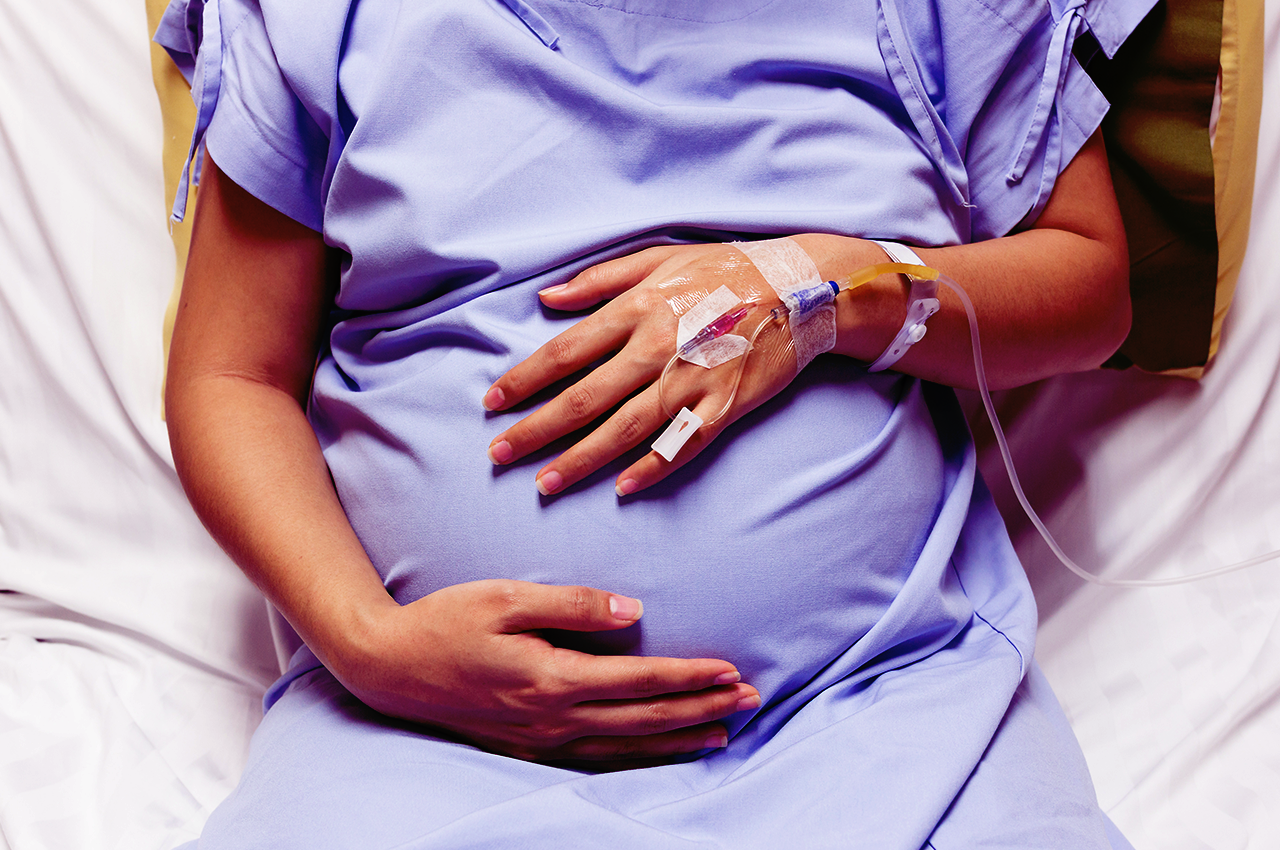Giving birth is one of the most natural processes, but the prospect of pain and possible complications are all valid concerns. The truth is, the more you know about the labour process, and the more prepared you are when the time comes, the better it is for you and your baby.
Here, we take a closer look at what to expect during the first, second and third stages of labour.
The first stage of labour
This is usually the longest stage, and it’s when contractions make your cervix dilate (open up) slowly.
- When you’ve dilated more than 3cm, you are in “established labour”, and you are “fully dilated” when the cervix has opened 10cm – which is wide enough for your baby to pass through.
- It’s not necessary to go to hospital before you’re in established labour, and you’ll likely be given the option to return home and eat, drink and rest as much as possible before you need to go back.
- Once you’re in established labour, it usually takes between 6 and 12 hours before the cervix is fully opened and the baby’s head can be seen. It’s important not to push until you’re fully dilated, even though it is a natural instinct. To help overcome the urge, try breathing out slowly and gently.
The second stage of labour
Your cervix is fully open and you give birth to your baby. You help your baby move down the birth canal and through your vagina by pushing with your contractions.
- You need to find a comfortable position to be in, which might seem impossible at this stage. Many women find that lying on their side, or on their knees and elbows is more comfortable. The added benefit is that these positions also reduce the pressure of the baby’s head on the cervix.
- Once your cervix is fully dilated, it’s time for you to start pushing. Don’t worry though, your midwife will guide you and let you know exactly what you need to do and when. You’ll be encouraged and supported throughout the process!
- During the actual birth, when your baby’s head is ready to be born, the midwife will tell you to stop pushing and rather puff or pant. This allows your baby’s head to come through slowly and gently, and minimises the risk of tearing. Sometimes, to avoid a tear or to speed up delivery, the midwife or doctor will cut an episiotomy, for which you will be given a local anaesthetic if your epidural is wearing off. As soon as your baby’s born, the tear or cut will be stitched up.
During the third stage of labour, you womb contracts and this helps with the delivery of the placenta. You might be offered an injection after your baby’s been born, to help speed up the process.
How do you know when you’re really in labour?
The main signs of labour are a ‘show’ and strong, regular contractions that are painful and last more than 30 seconds at a time. A show is the plug of mucus which breaks away from your cervix. Not all women get a show, so you can still be in labour even if you haven’t noticed a show.
Another sign of labour is when your water breaks, and this can present as a trickle or a gush of water. In early labour, your back might also ache and you might find yourself heading to the toilet more often – as a result of your baby’s head pressing on your bowel.
Once your contractions reach a stage when they last 30-60 seconds and are 5 minutes apart – it’s time to call your midwife or the hospital.
Joanne Hart for HelloDoctor.com

